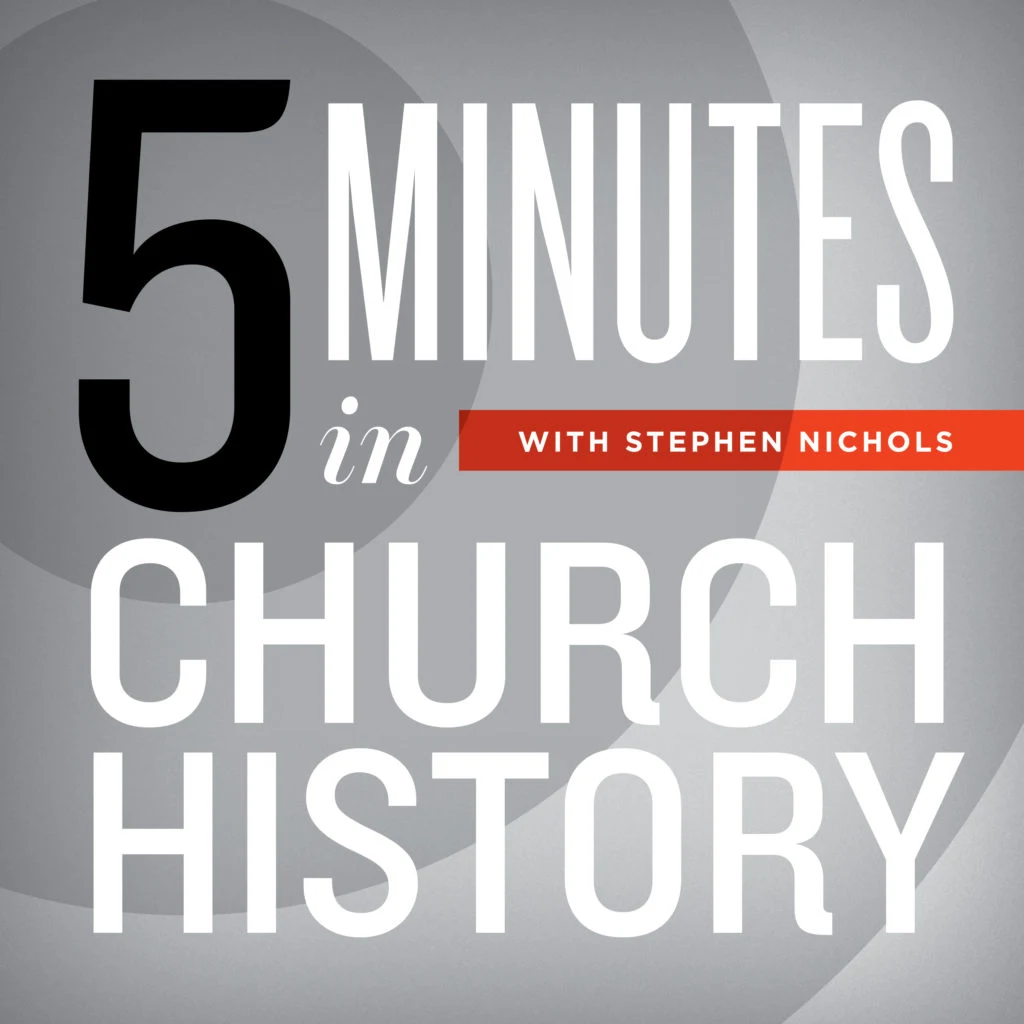Aaron Burr Sr.

A key witness of the First Great Awakening, Aaron Burr Sr. made a lasting impact on the American colonies in the 18th century. On this episode of 5 Minutes in Church History, Dr. Stephen Nichols traces the life of this notable minister, author, educator, and Princeton University co-founder.
Aaron Burr Sr. was born on January 4, 1716. His family had immigrated to the New World in 1630. They settled in the town of Fairfield, Connecticut. Fairfield was about fifty miles north of New York City, right along the coast of the Atlantic Ocean.
As a young man, Aaron Burr went to Yale. He graduated in 1735 at the age of nineteen. He stayed in New Haven, Connecticut, through the end of the 1730s and into the early years of the 1740s. This was a crucial time in New England and, in fact, in all of the American colonies. In the mid-1730s there were the revivals in the Connecticut River Valley, and they were certainly all around New Haven.
In the early years of the 1740s the Great Awakening occurred. This was a formative time not only for the colonies but also for Aaron Burr Sr. While he was in New Haven, he was essentially apprenticed to James Pierpont. Pierpont was the father of Sarah, who was the wife of Jonathan Edwards. Pierpont was also a minister of the prominent church on the town green in New Haven, and he was one of the founders of Yale University.
Pierpont led Aaron Burr Sr. into learning about the pastoral ministry, and also about education. Burr cowrote a grammar on Latin, titled A Complete Introduction to the Latin Tongue, but Burr would make his mark in the town of Elizabeth, New Jersey. There he and Jonathan Dickinson essentially moved Princeton University into what we could call phase 2.
Phase 1 was the Log College days. The Log College was founded by the Tennents, and it was very much part of the Great Awakening and its spirit and ethos. Phase 2 was the establishment of the Log College’s Princeton. Dickinson was the first president. He served for only one year and died in 1747. So Aaron Burr, who had been a professor, took over and became the second president.
Aaron Burr moved the university from Elizabeth, New Jersey, to Princeton, which is about thirty-five miles to the southwest. In 1756, Aaron Burr oversaw the construction and dedication of Nassau Hall, a massive building which, at the time, was the largest building in the American colonies. Back in 1752, Burr married Esther, and her last name was Edwards. She was the daughter of Sarah and Jonathan, Esther Edwards Burr.
She and Aaron Burr Sr. had two children: Sarah, whom they called Sally, and Aaron Burr Jr., who would go on to become America’s third vice president (and also kill Alexander Hamilton in a duel, but that’s for another time).
In 1757 the governor of New Jersey, Jonathan Belcher, who had also been the governor of Massachusetts, died. He was buried in Massachusetts, where the funeral was also held, and Burr was asked to give the funeral sermon. He traveled to Massachusetts, and through this journey he contracted a fever. He had been overworked and fatigued, and the combination was too much for him. On September 24, 1757, at the age of forty-one, Aaron Burr Sr. died.
The previous year he had given a sermon to the New York synod of the Presbytery, which was gathered in Newark, New Jersey. In that sermon on Isaiah 21, “The Watchman’s Answer to the Question, What of the Night?” Aaron Burr Sr. reached back into the experience of the early church during the third and fourth centuries. He said it was a time when the church was reduced by extremities, by cruel persecutions, and by the intent to utterly destroy the Christian name and cause. Then he said, “But the Church’s extremity is God’s opportunity; He begins to make bare his arm; visibly to espouse the cause of his distressed people.”
Recent Episodes
A Little Church History of a Middle Colony: The First Great Awakening
December 17, 2025|American Church History
A Little Church History of a Middle Colony: Early Influences
December 10, 2025|American Church History
Gunpowder and a Proclamation
December 3, 2025|Geographical Perspectives
Thanksgiving in Church History
November 26, 2025|American Church History
3 Sermons on the Hallelujah Chorus
November 19, 2025|General Church History
Charles Jennens’ Libretto
November 12, 2025|General Church History
